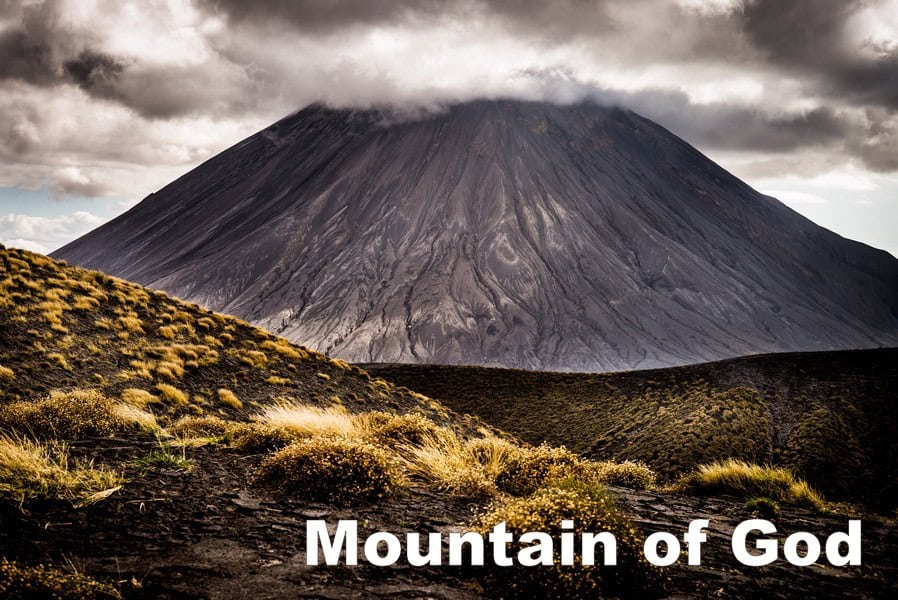
How Tall is Ol Doinyo Lengai?
Ol Doinyo Lengai is 9,718 feet (2,962 meters) tall.
Where is Ol Doinyo Lengai Located?
Ol Doinyo Lengai is located in northern Tanzania within the East African Rift valley, specifically south of Lake Natron. Its remote location is part of the Ngorongoro Conservation Area, making it accessible yet preserved in a largely untouched state.
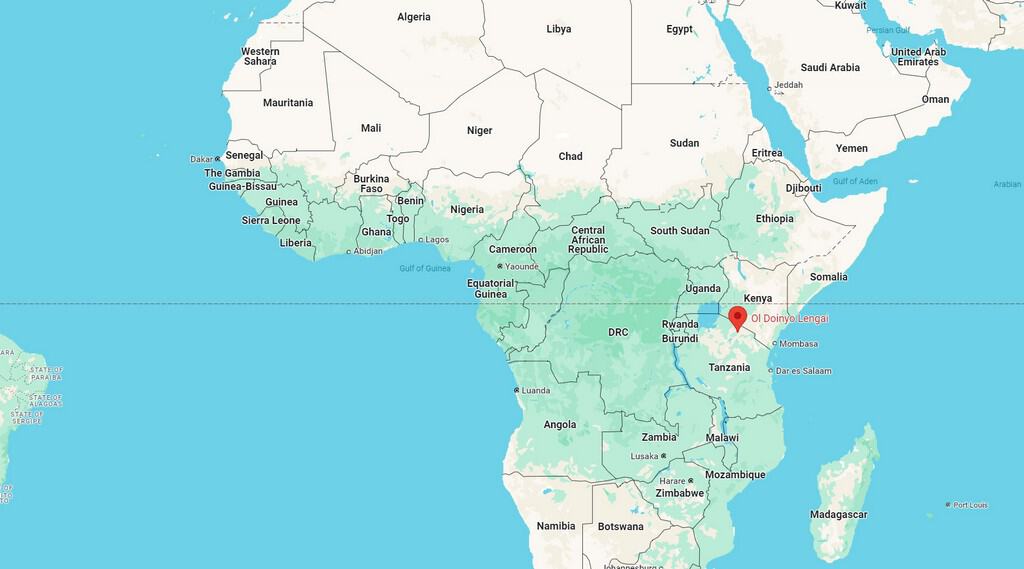
How Was It Formed?
Ol Doinyo Lengai is a stratovolcano that has undergone numerous eruptive phases. It was formed through volcanic activity associated with the East African Rift system. This rift is a tectonic boundary where the African Plate is splitting into two smaller plates, the Somali Plate and the Nubian Plate. The tension caused by this rifting creates fractures in the Earth’s crust, allowing magma to rise to the surface.
The formation of Ol Doinyo Lengai likely began forming hundreds of thousands of years. Over time, repeated eruptions of lava and ash built up the volcanic cone, layer by layer.
What does the Name Mean?
Ol Doinyo Lengai means “Mountain of God” in the Maasai language. The Maasai people, who live in the surrounding areas of northern Tanzania, view the volcano as a sacred site. It is a place of worship and ceremonial rites, believed to be the home of their god, Enkai.
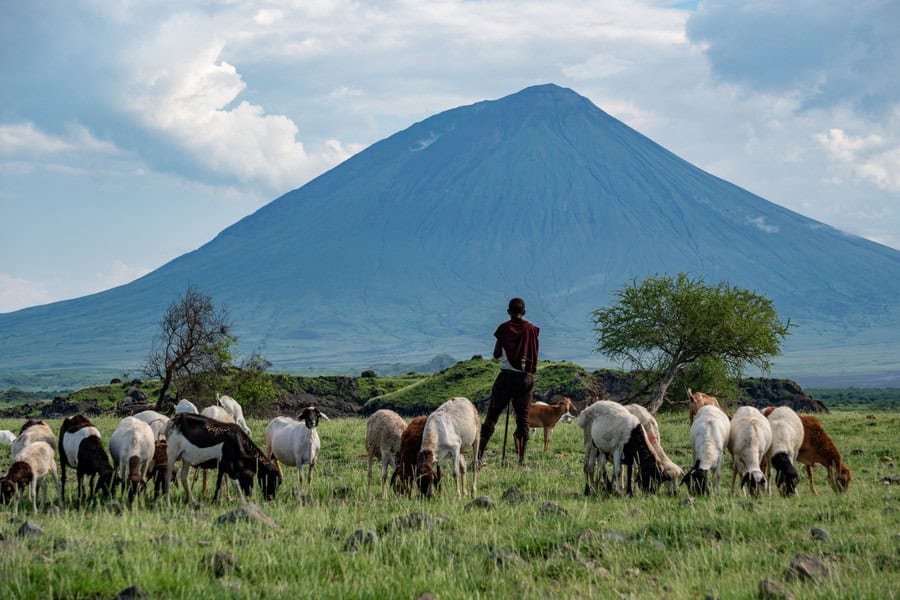
What Makes Ol Doinyo Lengai Unique?
Ol Doinyo Lengai is the world’s only active natrocarbonatite volcano. The unique chemical composition of its lava, rich in sodium and potassium carbonates, results in lower eruption temperatures (about 950°F or 510°C). Unlike typical silicate lavas, natrocarbonatite lava is cooler, more fluid, and it solidifies into a white or grey ash. This lava is easier to flow and erode, which explains the relatively small and sharp shape of the mountain. Visually, it creates a surreal, moon-like landscape on the slopes of the volcano.
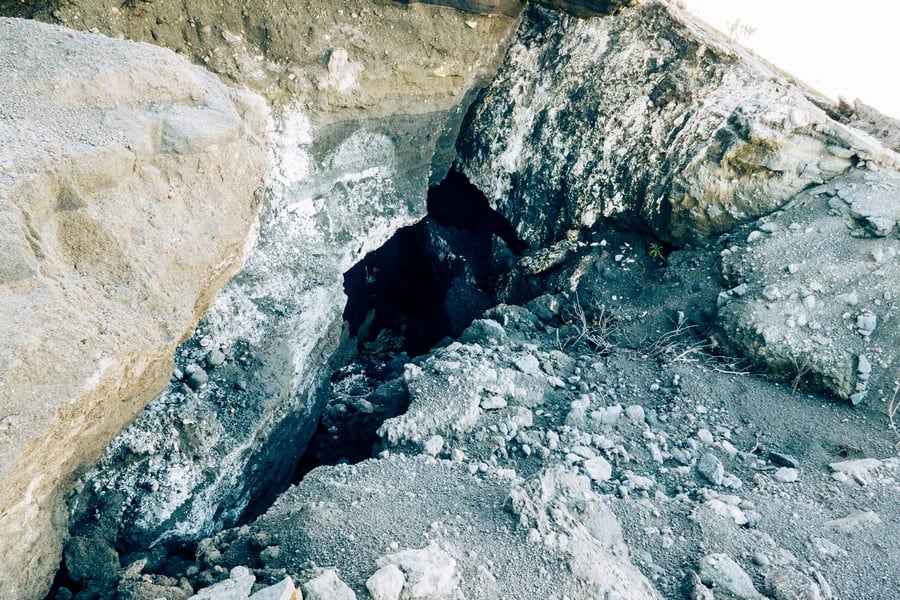
Is Ol Doinyo Lengai an Active Volcano?
Yes, Ol Doinyo Lengai is still active. Significant eruptions were recorded in 2007 and 2008, which reshaped the crater floor and altered the mountain’s summit. The volcano’s activity is closely monitored due to its proximity to populated areas and its potential impact on the environment.
How Long Does it Take to Climb Ol Doinyo Lengai?
Climbing Ol Doinyo Lengai typically takes between 8 and 12 hours, depending on the pace and the weather conditions. The roundtrip is 6.5 miles (10.5 km), starting at an elevation of 3,280 feet (1,000 meters) and ascending to the summit at 9,711 feet (2,960 meters).
Most climbs are done from the base, starting either late at night or early in the morning to avoid the extreme heat during the day.
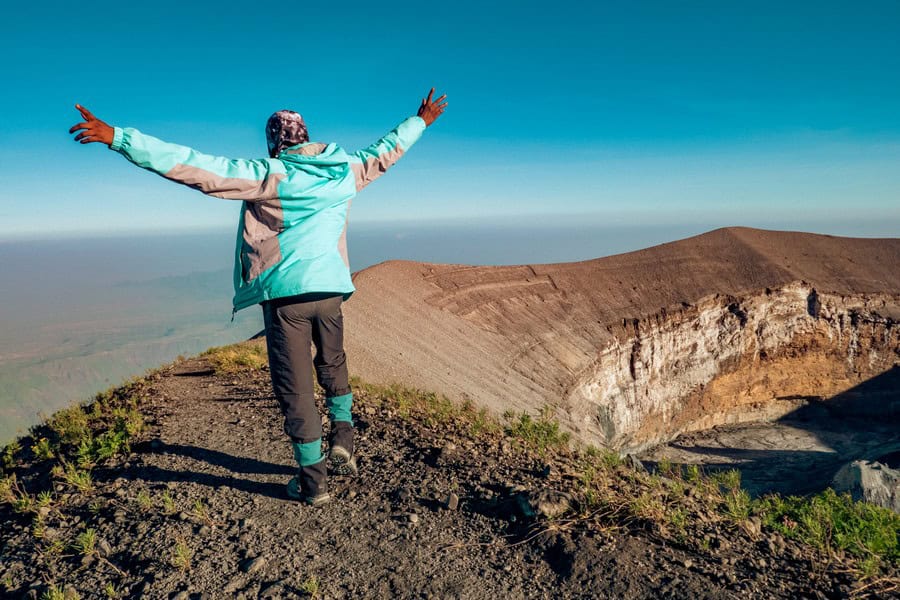
How Hard is it to Climb Ol Doinyo Lengai?
Ol Doinyo Lengai is a challenging climb due to its steep, loose volcanic ash and gravel. The climb requires good fitness, as the slopes can be difficult to manage, especially during the descent. It is not a technical climb, so ropes or mountaineering skills aren’t required, but the gradient and footing make it tough.
Can Beginners Climb It?
Yes. Beginners can attempt Ol Doinyo Lengai, however it’s recommended for those with some prior trekking experience due to the steep ascent and unstable terrain. Novices should be well-prepared physically and mentally, as the climb can be exhausting.
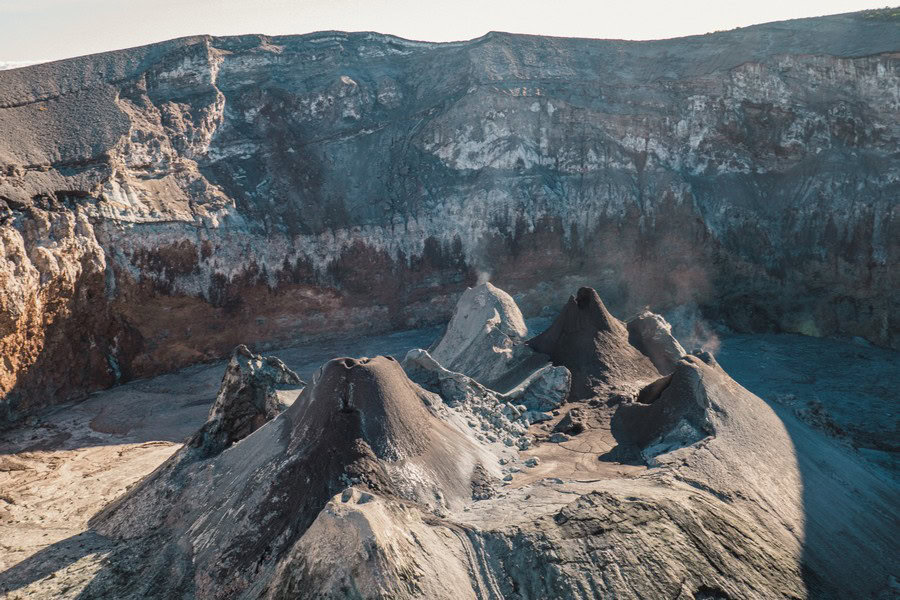
What is the Best Time to Climb Ol Doinyo Lengai?
The best time to climb Ol Doinyo Lengai is during the dry seasons from June to October and January to February. During these months, the weather is more stable, and the trails are less slippery. Climbing during the rainy season is not recommended, as the volcanic slopes become muddy and dangerous.
How Dangerous is it?
Ol Doinyo Lengai is considered safe for climbers with adequate preparation. However, risks include steep terrain, loose footing, and dehydration, as there is no water on the mountain. Altitude sickness is less of an issue due to the relatively low elevation, but heat exhaustion is a real concern during the daytime.
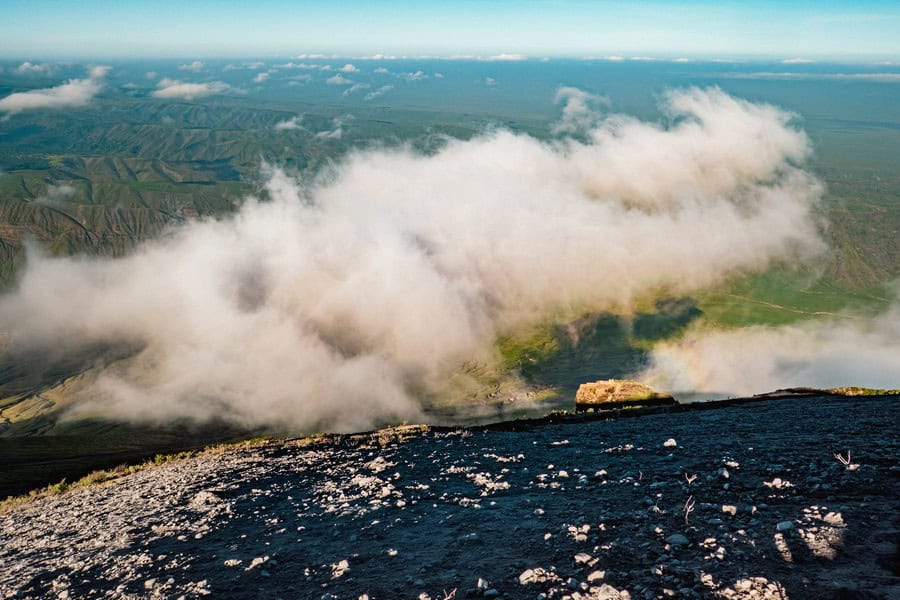
What Are the Accommodations?
Unlike more commercial climbs, Ol Doinyo Lengai offers no permanent mountain huts or established campsites. Climbers either camp at the base or stay in nearby towns like Engare Sero before starting the climb.
Who Was the First Person to Climb Ol Doinyo Lengai?
The first recorded ascent of Ol Doinyo Lengai was in 1917 by German geologist Hans Reck, who explored the region’s volcanic features. Reck’s successful summit brought attention to this unique volcano and its natrocarbonatite lava.
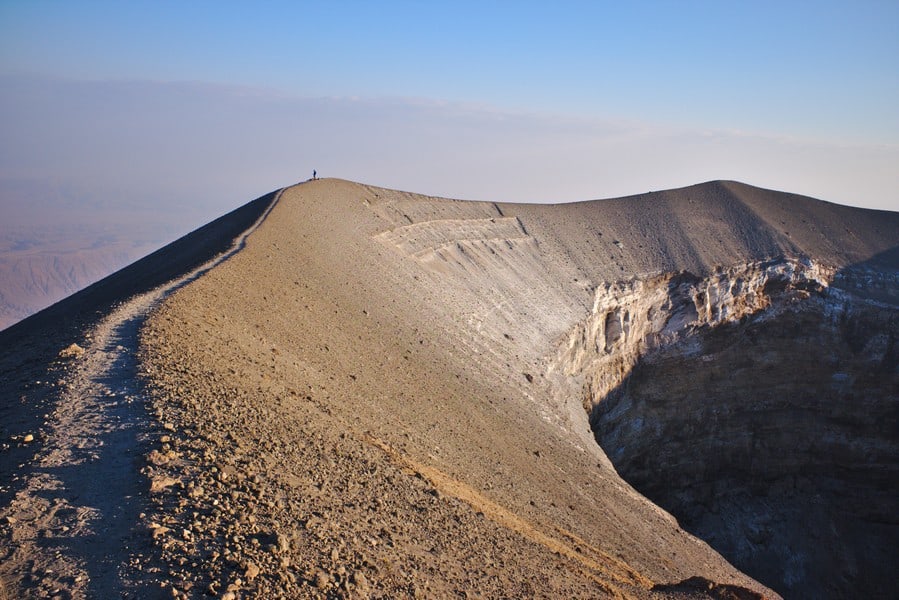
How Do You Train to Climb Ol Doinyo Lengai?
Climbing Ol Doinyo Lengai requires leg strength and endurance due to the steep and loose terrain. Training should focus on hill climbs, aerobic fitness, and hiking on uneven surfaces. Practicing on volcanic or gravel trails can also help prepare climbers for the specific challenges of the mountain.
What is the Cost to Climb Ol Doinyo Lengai?
The cost to climb Ol Doinyo Lengai typically ranges from $200 to $600 USD, depending on the guiding service, group size, and logistics. This price includes park fees, guiding services, and possibly transportation to and from the trailhead.
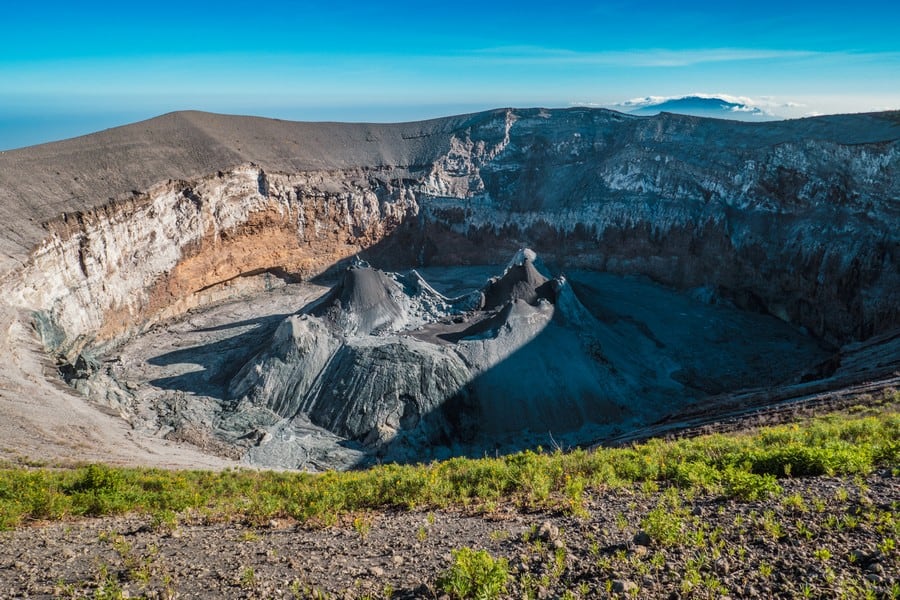
How Many People Climb Ol Doinyo Lengai Each Year?
Around 500 to 1,000 people climb Ol Doinyo Lengai each year. It’s far less trafficked than Tanzania’s more famous peaks like Mount Kilimanjaro and Mount Meru.
How Does Ol Doinyo Lengai Compare to Kilimanjaro?
Ol Doinyo Lengai is much steeper and shorter than Kilimanjaro. Unlike Kilimanjaro, which is a multi-day trek with more gradual inclines, Ol Doinyo Lengai is a quick but intense ascent. Kilimanjaro’s summit takes days to reach, while Ol Doinyo Lengai can be summited severeal hours. The two climbs offer vastly different experiences—Kilimanjaro is a long endurance challenge, while Ol Doinyo Lengai tests climbers with its steep and slippery volcanic slopes.
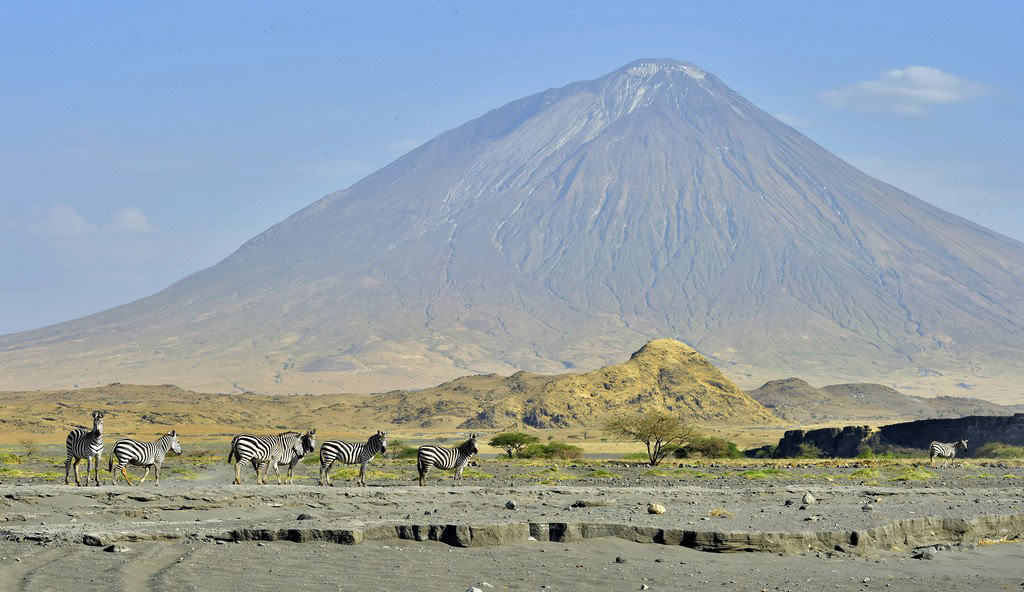
What Animals Can I See on Ol Doinyo Lengai?
The ecological environment around Ol Doinyo Lengai is as harsh as it is beautiful. The area is not known for the lush flora or fauna found. However, the arid landscapes support a specialized array of life adapted to the dry conditions. Observant visitors might spot a range of birds, small mammals, and hardy plant species.




























































